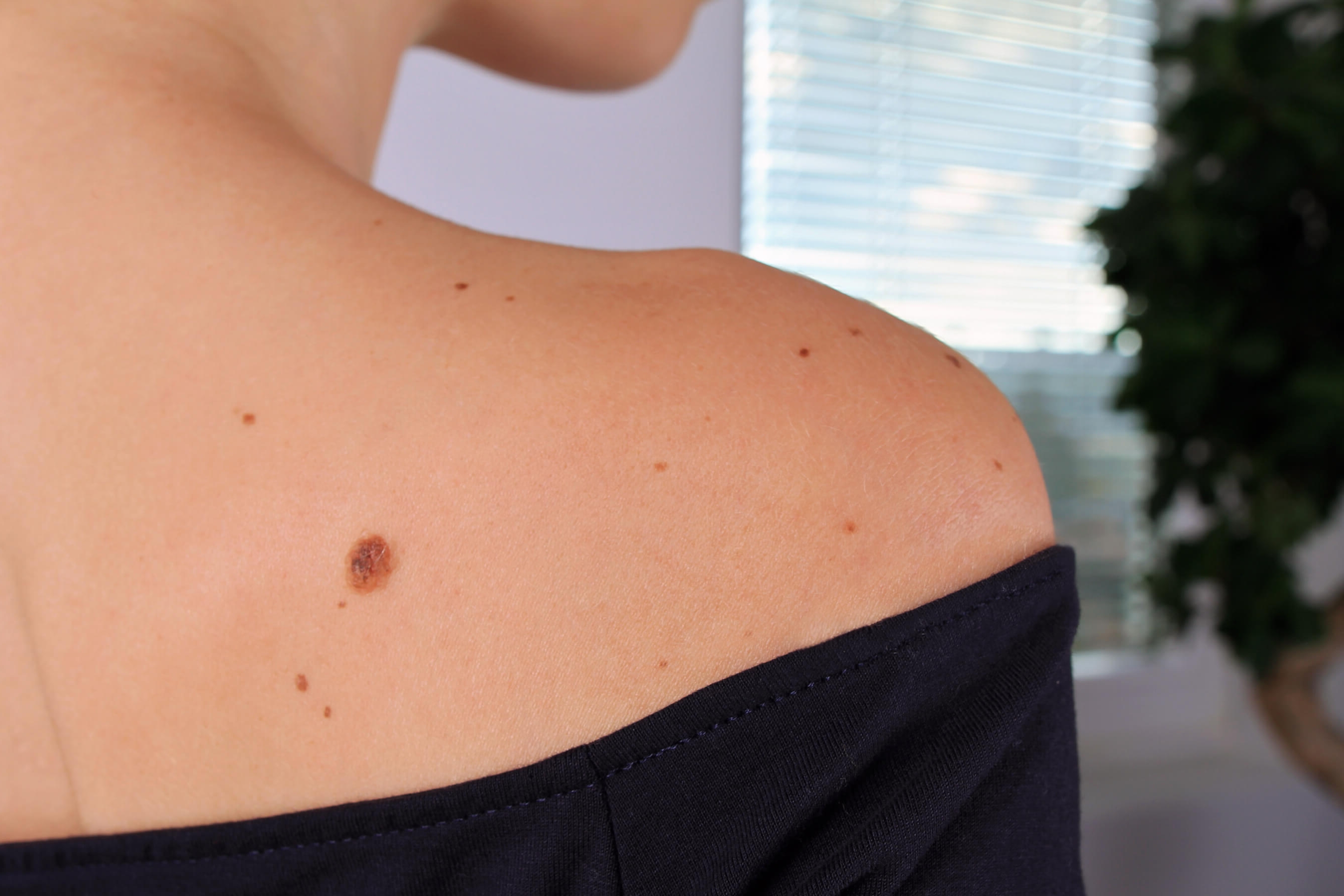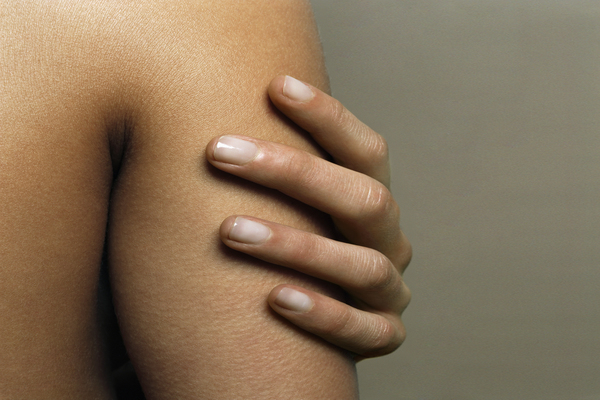Your skin deserves a round of applause. Well, technically it’s your skin applauding itself because the nerves in your skin detect the sensations as your hands slap together. Okay, how about a pat on the back? Nope, that’s skin city. A celebratory dance? Hmmm, the skin stops all your organs flying around the room while it tries to keep your body cool while you do the Nutbush.
Damn, it’s a challenge to not give your skin a job because it wears so many hats including actual hats on your head. Once you understand your skin’s huge workload it becomes easier to know when it needs a little at TLC and how it changes over time.
Let’s go skin deep on one of your body’s hardest workers.
Layer up
The skin is made up of three layers: the epidermis, dermis and subcutis. The epidermis is the layer you can see, and it gives itself a daily makeover as it creates new skin cells and sheds old ones. It’s also where melanin lives, which gives your skin its colour and creates freckles. There’s also another housemate in the epidermis, keratin, which is what stops your skin from drying out and keeps it tough against the elements.
One level down is the dermis, which is the thickest layer of skin because it contains nerves, blood vessels, sweat glands, oil glands and hair follicles — it’s packed. The blood vessels in the dermis help control your body temperature. When you become hot the blood vessels in the dermis enlarge to release heat, which is why you get red cheeks when your temperature is up. When it’s cold the blood vessels contract to keep the heat in, which may often cause you to look a little pale. Your immune system also has a little real estate in the dermis because it’s where your lymphatic vessels live, which help fight infections.
On the ground floor is the subcutis or hypodermis. This layer is made up of tissue that helps insulate the body, and it’s a storage space for fat that acts as the body’s shock absorber.
Play it cool
On average, the skin contains between 2 to 4 million sweat glands. Most of these are in the palms of the hands and soles of the feet. Your body will release sweat, a salty liquid, through these ducts because as it evaporates on your skin it cools the body. Yes, your skin has its own in-built cooling system. But when you get hot don’t blame the smell on the sweat because it’s odourless. Body odour is created when sweat mixes with bacteria on your skin, which is why it’s good to always keep your skin as clean as possible.
Hair, nails and all the feels
Think of the cells in the epidermis as a hair and nail factory. Hair is made from keratin and nails are made from skin cells, but the only active parts are in the nail bed; most of the nail is made from dead cells. Your skin puts its resources to excellent use.
A lot is going on in the dermis and it’s a massive sensory hub. Nerve endings in the dermis contain receptors that send messages to the brain. What kinds of messages? Ouch, OOoooo and ahhh. Also known as pleasure, pain, cold, heat and the occasional tickle.

Mole or melanoma?
Check out our quick guide to checking your moles. It’s as easy as ABC…DE.
The Vitamin D factory
Vitamin D helps control calcium levels in the blood, which helps keep bones and muscles strong. Ultraviolet (UV) radiation from the sun is required for vitamin D production, which takes place in the skin. But prolonged exposure to the sun can lead to sunburn, which increases your risk of skin cancer.
According to the Cancer Council, UV levels for vitamin D production vary depending on your location, the time of the year, cloud coverage and the environment. Incidental exposure to the sun is appropriate for most people. A few minutes outdoors throughout the week is usually enough to get the recommended daily fix of Vitamin D.
But if you’re outside, especially when UV levels are high throughout summer, it’s important to protect your skin. Regularly apply sunscreen, wear a hat and protective clothing, spend time in the shade and pop on sunglasses. Sun protection is always recommended whenever you’re exposed to the sun.
Get to know your skin
Your skin may change over time even though it’s incredibly resilient. Study your skin and get familiar with what’s normal and what’s not. You want to keep an eye on any new skin spots or changes to existing freckles or moles. Often, there may be in hard to reach places on your body, which is why an annual mole check at a skin clinic is a nice addition to your health check schedule. A lot of clinics now offer ‘skin mapping’ to track the changes in your skin over time. The more familiar you get with your skin, the better — especially the moles.
Remember, moles are common on the human body. Typically, moles are round coloured spots of varying sizes. Try to keep tabs on your moles and look out for any changes.
What kind of changes?
- Enlarged moles
- Notched outlines
- A spot that changes colour from brown to black or in between
- A spot that becomes raised or develop a lump within it
- Rough, scaly or ulcerated moles
- Moles that itch or tingle
- Spots that look different from the others
- Moles that bleed or weep.
If you notice changes to your moles, speak with your GP as soon as possible. Early detection is important because skin cancers may spread quickly if left unchecked. And according to the Cancer Council, 95% of skin cancers can be successfully treated if detected early, so don’t wait.
Skin in the game
From the top of your head to the soles of your feet, your skin is the ultimate overachiever. It works the front of house and back of house. It’s upstairs, downstairs, and everywhere in between; your skin even goes places where the sun don’t shine. Reward one of your body’s most diligent workers with plenty of care and protection from the sun this summer – and all year round.

